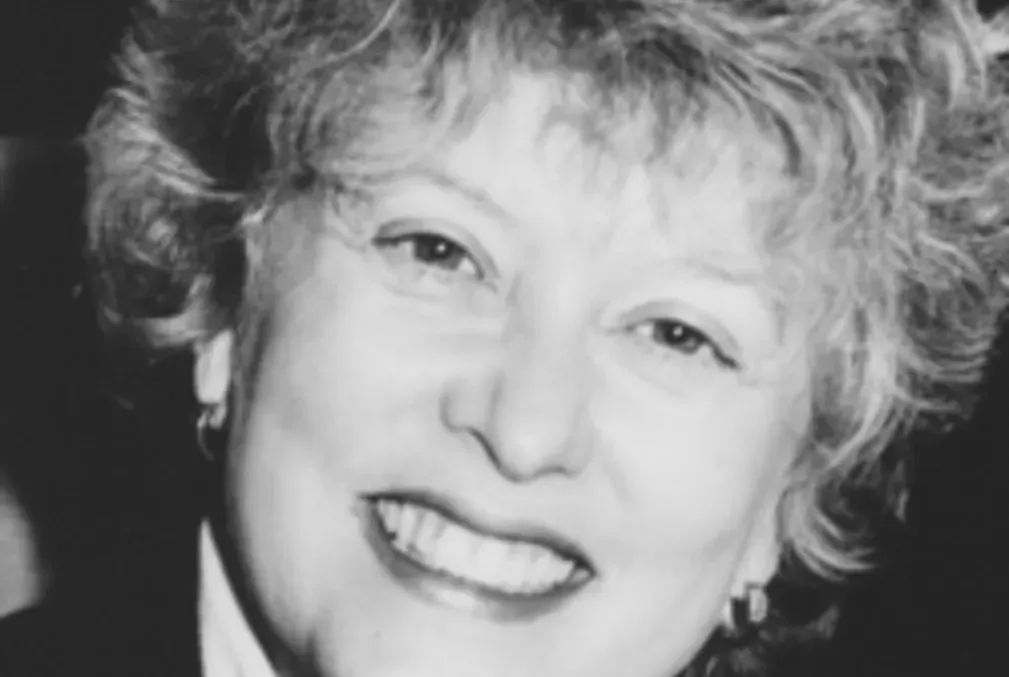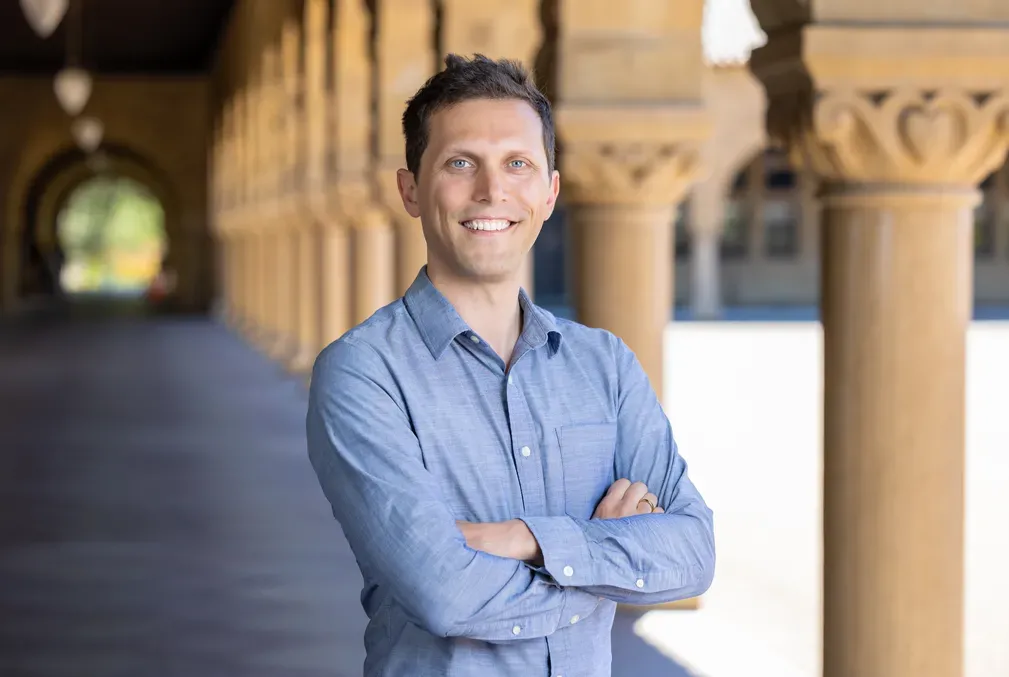
Stanford joins collaboration to explore “ultra-quantum matter”
The Simons Collaboration on Ultra-Quantum Matter brings together physicists from 12 institutions to “understand, classify and realize” new forms of ultra-quantum matter in the lab.
Stanford physicist Shamit Kachru is a member of a new collaboration that aims to unravel the mystery of entangled quantum matter — macroscopic assemblages of atoms and electrons that seem to share the same seemingly telepathic link as entangled subatomic particles.
The Simons Collaboration on Ultra-Quantum Matter is funded by the Simons Foundation and led by Harvard physics Professor Ashvin Vishwanath. It is part of the Simons Collaborations in Mathematics and Physical Sciences program, which aims to “stimulate progress on fundamental scientific questions of major importance in mathematics, theoretical physics and theoretical computer science.” The Simons Collaboration on Ultra-Quantum Matter will be one of 12 such collaborations ranging across these fields.
Ultra-quantum matter, or UQM, exhibit non-intuitive quantum properties that were once thought to arise only in very small systems. One key property is “non-local entanglement,” in which two physically separated groups of atoms can share joint properties, so that measuring one affects the measurement outcome of the other. UQM should exhibit entirely new physical properties, a better understanding of which could lead to new types of quantum information storage systems and quantum materials.
The Simons Collaboration on Ultra-Quantum Matter brings together physicists from 12 institutions to “understand, classify and realize” new forms of ultra-quantum matter in the lab. To achieve this, the collaboration includes physicists working in different domains, including condensed matter and high energy theorists, as well as atomic and quantum information experts. Kachru’s own background is in string theory, theoretical cosmology, and condensed matter physics.
A confluence of factors makes this a particularly exciting time to study UQM, said Kachru, who is the Wells Family Director of the Stanford Institute for Theoretical Physics (SITP) and the chair of the physics department.
“Many of the cutting-edge questions in quantum field theory now seem to involve highly quantum condensed matter systems,” Kachru said. “These systems are often best studied using elegant and clean mathematical techniques, and there is a promise of genuine contact between high level theory and experiment. I can't imagine better people to teach me about issues and opportunities here than the collaboration members, who are leading experts in all aspects of UQM.”
Kachru also looks forward to working again with former Stanford graduate student and collaboration member, John McGreevy, who was Kachru’s first PhD advisee and is now a professor of physics at the University of California, San Diego.
Ultra-Quantum Matter is an $8M four-year award funded by the Simons Foundation and renewable for three additional years. It will support researchers from the following institutions: Caltech, Harvard, the Institute for Advanced Study, MIT, Stanford, University of California Santa Barbara, University of California San Diego, the University of Chicago, the University of Colorado Boulder, the University of Innsbruck, University of Maryland and University of Washington.
A UQM meeting of the new collaboration is scheduled to take place at Stanford in May of 2020.



